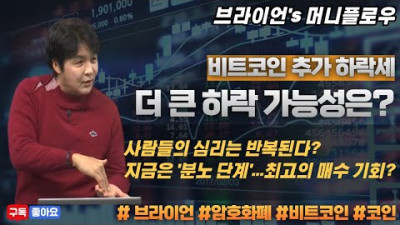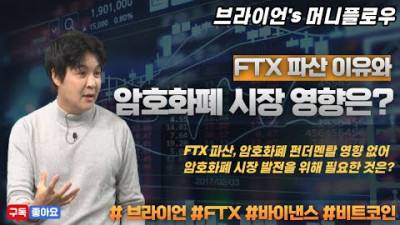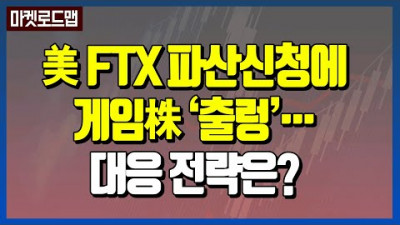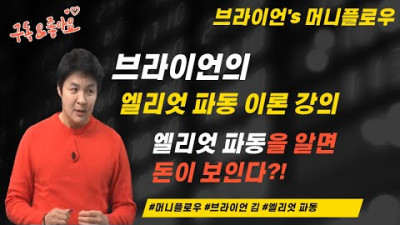KnowYourCrypto #47: Loopring (LRC)
작성자 정보
- Reddit 작성
- 작성일
컨텐츠 정보
- 280 조회
- 0 추천
-
목록
본문
If you are interested to the previous posts of this series, check it out here: Bitcoin (BTC) Ethereum (ETH) Cardano (ADA) Binance Coin (BNB) Tether (USDT) XRP (XRP) Dogecoin (DOGE) USD Coin (USDC) Polkadot (DOT) Solana (SOL) Uniswap (UNI) Binance USD (BUSD) Bitcoin Cash (BCH) Litecoin (LTC) Chainlink (LINK) Terra (LUNA) Internet Computer (ICP) Wrapped Bitcoin (WBTC) Polygon (MATIC) Algorand (ALGO) VeChain (VET) Stellar Lumens (XLM) Harmony (ONE) Hedera Hashgraph (HBAR) Tron (TRX) Cosmos (ATOM) Axie Infinity (AXS) Tezos (XTZ) Ergo (ERG) Nano (NANO) Monero (XMR) Elrond (EGLD) Ethereum Classic (ETC) Crypto.com Coin (CRO) Pancake Swap (CAKE) Enjin Coin (ENJ) Iota (IOTA) Basic Attention Token (BAT) Eos (EOS) Theta (THETA) Nervos Network (CKB) Decentraland (MANA) Chiliz (CHZ) MultiVAC (MTV) Sandbox (SAND) Helium (HNT) What is it? The main idea behind Loopring is to combine elements of centralized and decentralized cryptocurrency exchanges to create a protocol that will enjoy their unique advantages and eliminate inefficiencies. The founder and current CEO of the Loopring Foundation, which manages the development of the Loopring protocol, is Daniel Wang, a software engineer and entrepreneur based in Shanghai, China. LRC is Loopring's Ethereum-based cryptocurrency token, an open protocol designed for creating decentralized cryptocurrency exchanges. LRC tokens became publicly available during an Initial Coin Offering (ICO) in August 2017, while the Loopring protocol was first deployed on Ethereum's core network in December 2019. The issuance of LRC tokens is regulated by the smart contracts that make up the Loopring protocol. Loopring can be used on the Ethereum and Neo blockchains with the intention of adding support for the Qtum blockchain. Each of these networks has its own token: LRC and LRN for Ethereum and Neo respectively; once launched, the Qtum network token will be called LRQ. These tokens are protected by the hash functions of their underlying blockchain platforms: LRC of Ethash of Ethereum, LRN of SHA256 and RIPEMD160 of Neo and LRQ of the PoSv3 proof-of-stake algorithm. How does it work? Loopring (LRC) achieves better performance than traditional decentralized exchanges by creating a “fast lane” where transactions are aggregated and executed off-chain to avoid Ethereum’s network congestion. This is done through the use of a Layer-2 scaling solution called zkRollups, which bundle lots of transactions together off-chain before submitting them to the Ethereum blockchain as a single transaction. Loopring’s key value proposition is the cutting-edge cryptography it integrates on its platform. As such, it’s important to note zkRollups are just one proposed way of making the Ethereum blockchain more suitable for DeFi applications: competing cryptographic proposals include xDai, Matic, Optimistic Rollups and Plasma. ZkRollups are considered promising by some advocates, as they take advantage of a known form of cryptography called zero-knowledge proofs, a technique that lets a computer program make a claim about data without actually sharing the data. Using this technique, zkRollups bundle hundreds of transfers into a single transaction, which allows fast and cheap trades to first occur outside the Ethereum blockchain. These transactions are then settled on the blockchain, where zero-knowledge proofs are used to confirm that off-chain transactions are accurate. Where to store it? The best hot wallets for LRC are Loopring L2 Wallet, Metamask, Trust Wallet and Atomic Wallet. If you want more security, a cold storage like Ledger or Trezor is the right choice. Pros&Cons *DISCLAIMER* These lists are subjective, it depends from person to person Pros Completely decentralized network Great roadmap Fast and cheap transactions Partnership with Gamestop Cons Tough competition with other DEXs submitted by /u/madpanda94 [link] [comments]
관련자료
-
링크
댓글 0
등록된 댓글이 없습니다.


















